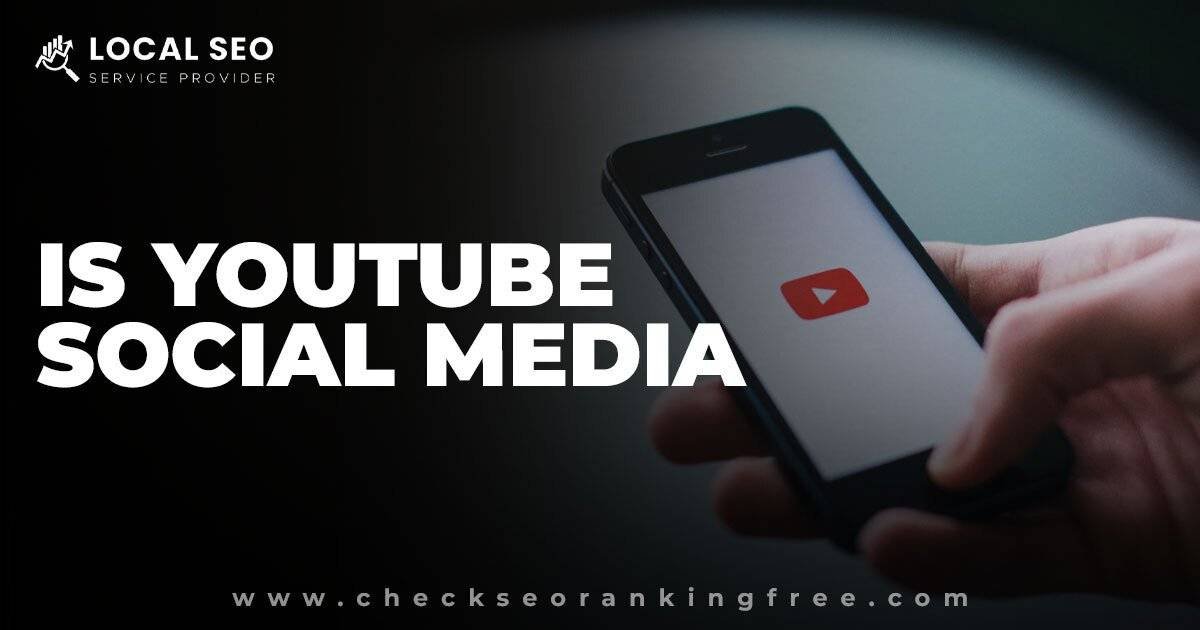When people think of social media, platforms like Facebook, Instagram, or Twitter often come to mind. But what about YouTube? Is it just a video-sharing site, or does it fit into the realm of social media? Let’s dive deep into this question and explore why YouTube can indeed be classified as a social media platform.
The Definition of Social Media
To understand whether YouTube is social media, we first need to define what social media is. Social media refers to websites and applications that enable users to create and share content or participate in social networking. Key elements include user-generated content, interaction, and sharing. With this definition in mind, let’s examine YouTube.
YouTube’s Social Features
User-Generated Content: At its core, YouTube thrives on user-generated content. Millions of users upload videos on a wide array of topics, from tutorials and vlogs to music videos and documentaries. This democratization of content creation is a hallmark of social media platforms.
Interaction and Engagement: YouTube allows users to interact with videos through likes, dislikes, comments, and shares. These interactions create a dynamic community where users can discuss and engage with content and each other. You can reply to comments, ask questions, and even make friends.
Subscription and Notification: By subscribing to channels, users can follow their favourite content creators, much like following friends on other social media platforms. Notifications keep users updated on new uploads and interactions.
Community Features: Recently, YouTube introduced community posts, which allow creators to post updates, polls, and images directly to their subscribers. This feature adds a layer of interaction beyond video content.
The Evolution of YouTube
YouTube was launched in 2005 as a platform for people to share videos. Initially, it was more of a video hosting service. Over the years, however, it has evolved significantly. Google acquired YouTube in 2006, and since then, it has grown to become the second most visited website globally, just after Google itself.
YouTube’s transformation included adding more social features, enhancing its user interface, and integrating with other social media platforms. Today, you can link your YouTube account with Facebook, Twitter, and Instagram, allowing seamless sharing across multiple platforms.
YouTube and Content Creation
One of the unique aspects of YouTube is its role in fostering content creators. Many individuals have turned their YouTube channels into full-time careers, gaining millions of subscribers and making significant income through ad revenue, sponsorships, and merchandise sales. This trend is akin to social media influencers on platforms like Instagram or TikTok.
For instance, consider the story of PewDiePie, one of the most famous YouTube creators. Starting with simple gaming videos, PewDiePie built a community of over 100 million subscribers, showcasing how YouTube serves as a platform for personal branding and community building.
Social Networking on YouTube
YouTube is not just about watching videos; it’s about community building. Channels often develop their communities with inside jokes, shared values, and a sense of belonging. This phenomenon is evident in the way creators interact with their audience through comments, live streams, and social media integration.
For example, live streaming on YouTube allows creators to interact with their audience in real time. This feature is similar to live broadcasts on platforms like Facebook or Instagram, reinforcing the social aspect of YouTube.
The Role of Algorithms
YouTube’s algorithm plays a crucial role in shaping user experiences, much like other social media platforms. It recommends videos based on users’ viewing history, likes, and subscriptions. This personalization enhances user engagement, encouraging more interaction and content consumption.
Is YouTube Social Media?
Considering all these aspects, it is clear that YouTube fits well within the definition of social media. It enables user-generated content, fosters interaction, and builds communities. It offers a platform for personal expression and social networking, just like other social media sites.
A Step-by-Step Guide to Engaging with YouTube as Social Media
- Create an Account: Sign up for a YouTube account to start engaging with content. This allows you to like, comment, and subscribe to channels.
- Explore Content: Use the search bar to find videos on topics you’re interested in. YouTube’s algorithm will suggest videos based on your preferences.
- Subscribe to Channels: Follow your favourite creators by subscribing to their channels. This keeps you updated with their latest content.
- Interact: Like, comment, and share videos. Engaging with content increases its visibility and fosters a sense of community.
- Create Your Content: If you feel inspired, upload your videos. Whether it’s a vlog, tutorial, or music video, sharing your content can be a rewarding experience.
- Join the Community: Participate in live streams, community posts, and discussions. Building relationships with other users enhances your YouTube experience.
Conclusion
In conclusion, YouTube is much more than just a video-sharing site. Its features and functionalities align closely with those of other social media platforms. It offers a space for user-generated content, interaction, and community building. Whether you’re watching cat videos, learning a new skill, or building your brand, YouTube provides a dynamic and engaging social media experience.
Other links
1-Facebook Advertising Campaigns
2-YouTube

